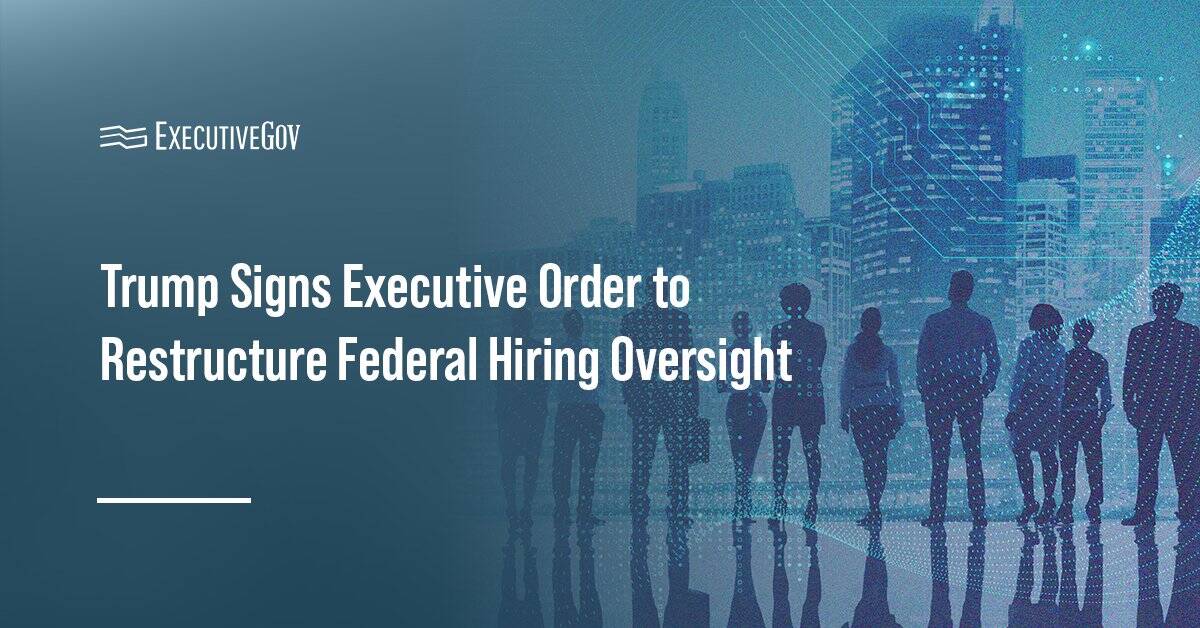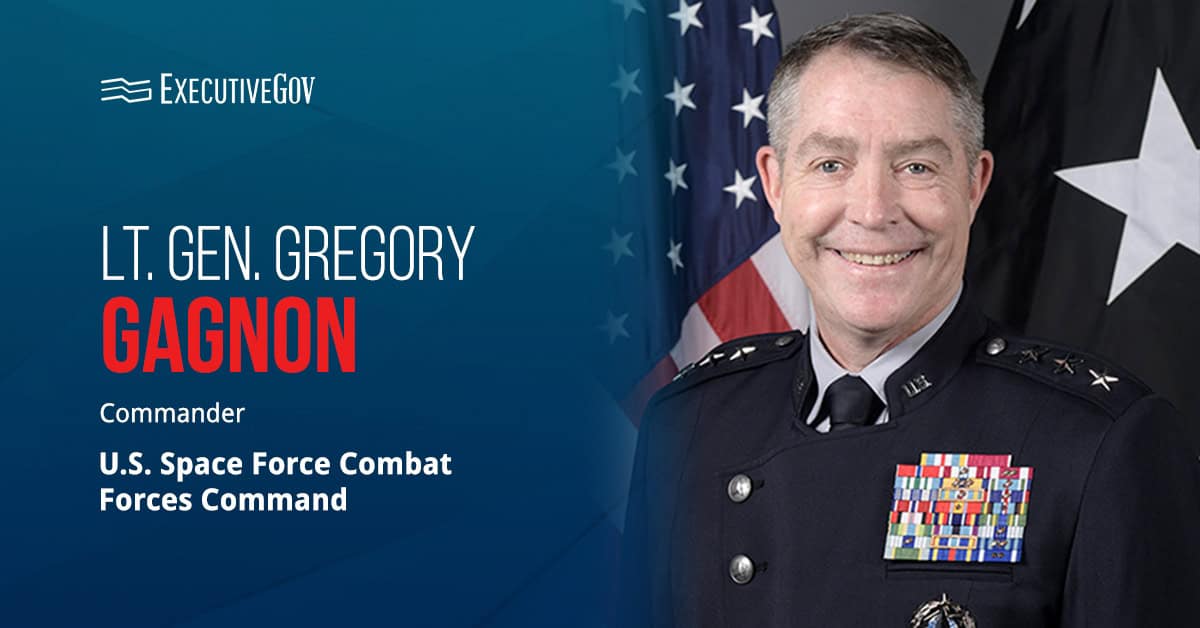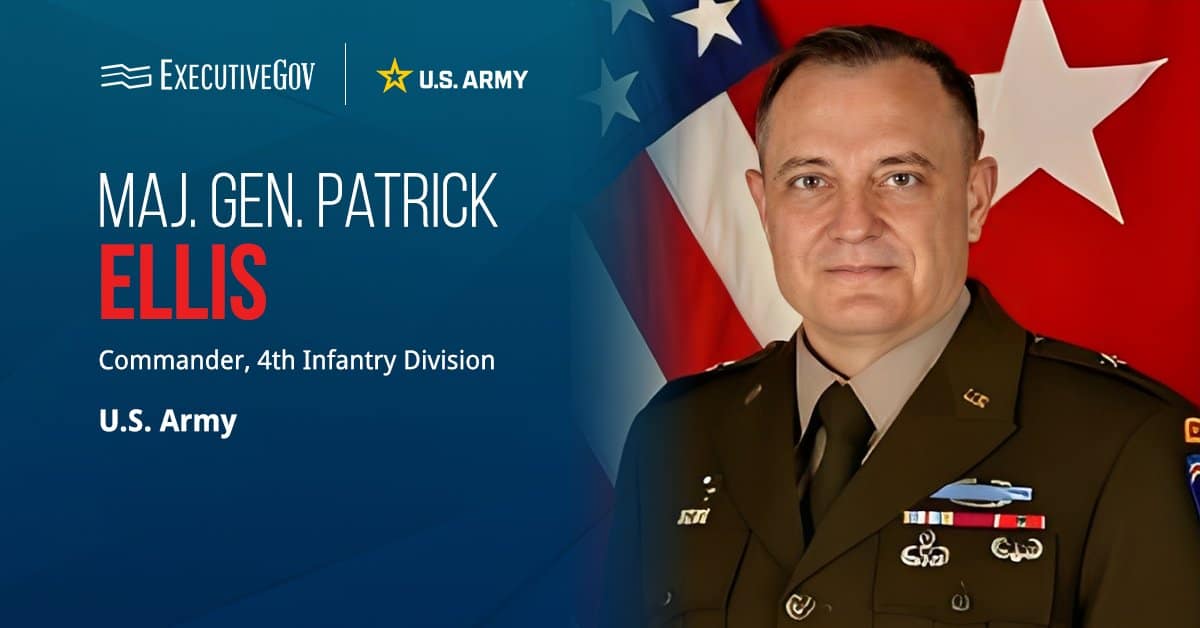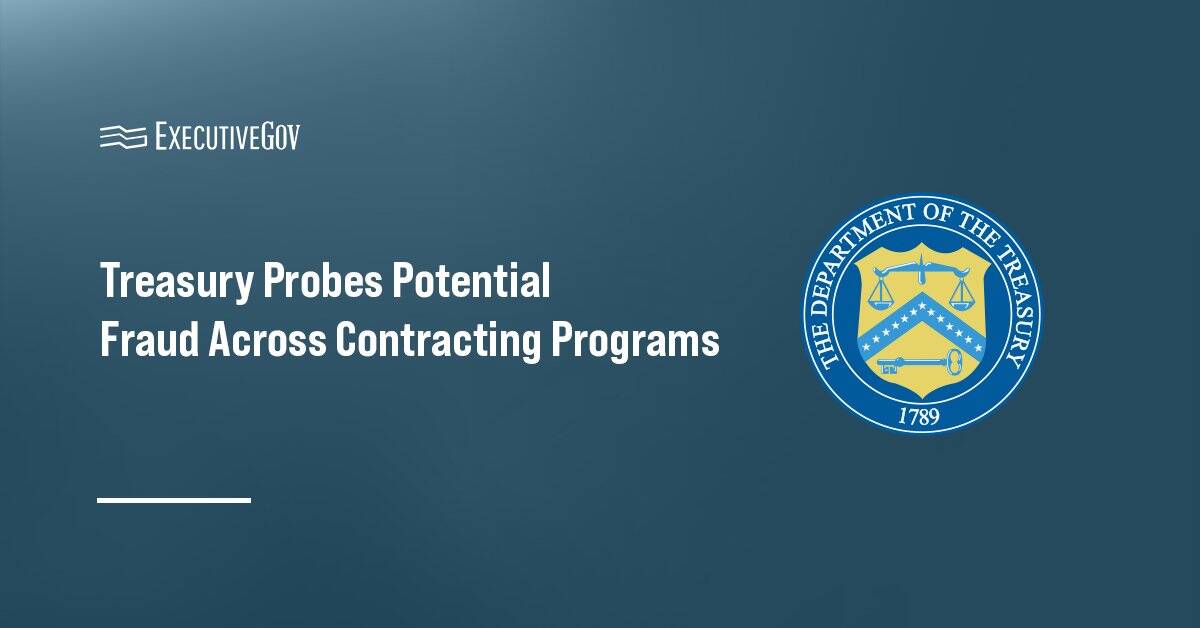President Donald Trump signed a new executive order mandating comprehensive new policies for federal hiring. The order aims to impose senior-level accountability, align the federal workforce with administration priorities and significantly improve the efficiency of government services, the White House said.
Table of Contents
How Does the Order Restructure Hiring Decisions?
The directive immediately requires every executive department and agency to institute a strategic hiring committee composed of senior agency leaders, including the deputy agency head and chief of staff. This committee is tasked with approving all decisions regarding the filling of vacant positions or the creation of new ones, ensuring strict alignment with the national interest, agency needs and administration priorities.
The order also requires agencies to prepare annual staffing plans in coordination with the Office of Personnel Management and the Office of Management and Budget to ensure new appointments focus on mission-critical areas and implement previous recruitment initiatives. Agencies must submit to OPM and OMB quarterly updates demonstrating progress on the plans. OPM and OMB must submit a joint implementation report to the president within 180 days.
Which Positions Are Exempt From the New Rules?
The policy applies broadly to federal civilian positions across all agencies. However, the order provides important exemptions that maintain essential government functions, including:
- National security, public safety and immigration enforcement roles
- Political appointments and non-career positions in the Senior Executive Service
- Armed forces personnel
Furthermore, the order explicitly mandates that the policy cannot adversely impact the provision of social security, Medicare or veterans’ benefits. It also prohibits agencies from circumventing the intent of the order by using outside contracting to fill positions.
What is the Policy Context for the Directive?
The administration stated that the order is designed to build upon previous workforce initiatives, including reforms aimed at restoring merit to government service. It also aims to eliminate the “diffuse accountability” that resulted from spreading hiring decisions across the government’s vast supervisory layer.
The White House noted that the directive secures and expands on the success of earlier efforts to reduce the size of the federal workforce, which surpassed a targeted ratio of four departures for every new hire within the first eight months of the administration. This focus on streamlining the government aligns with the administration’s goal of supporting private sector job growth rather than expanding the federal workforce.





